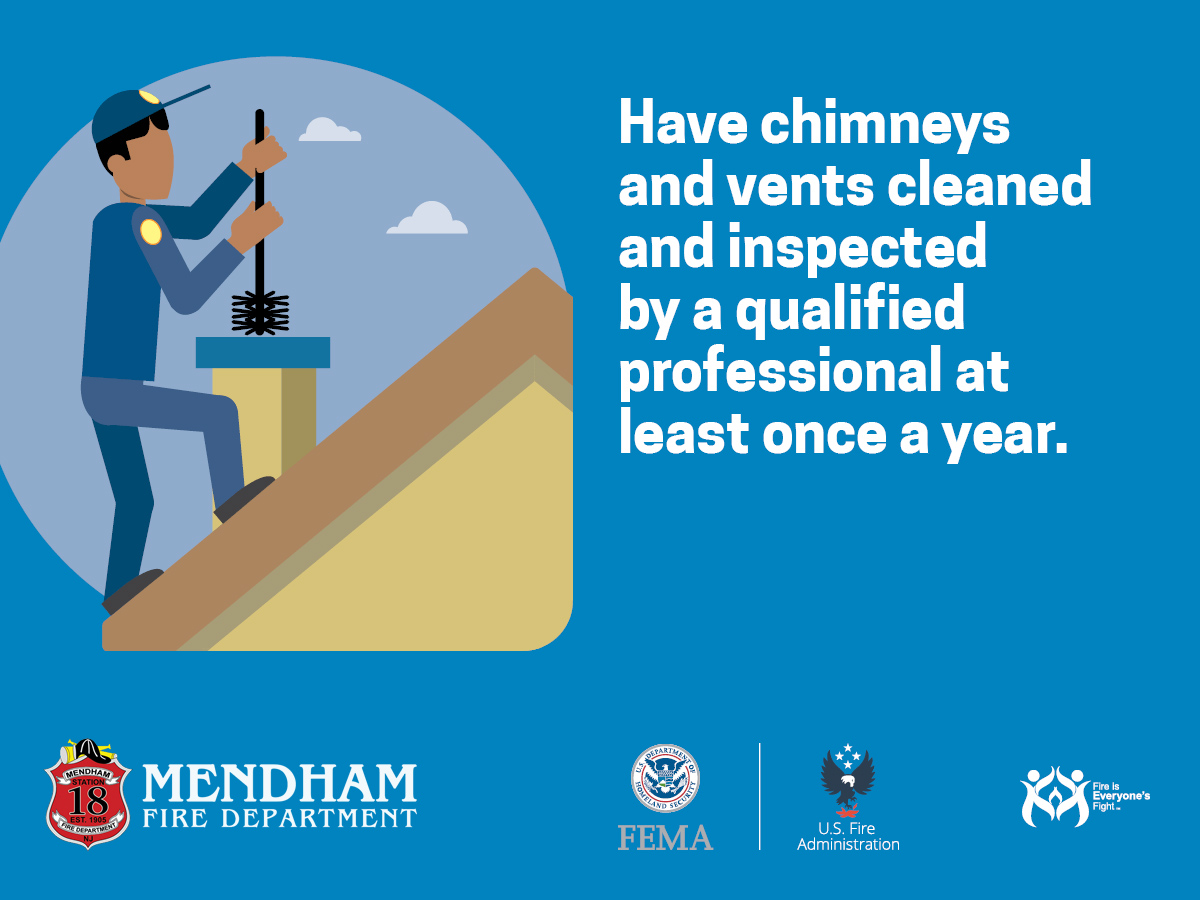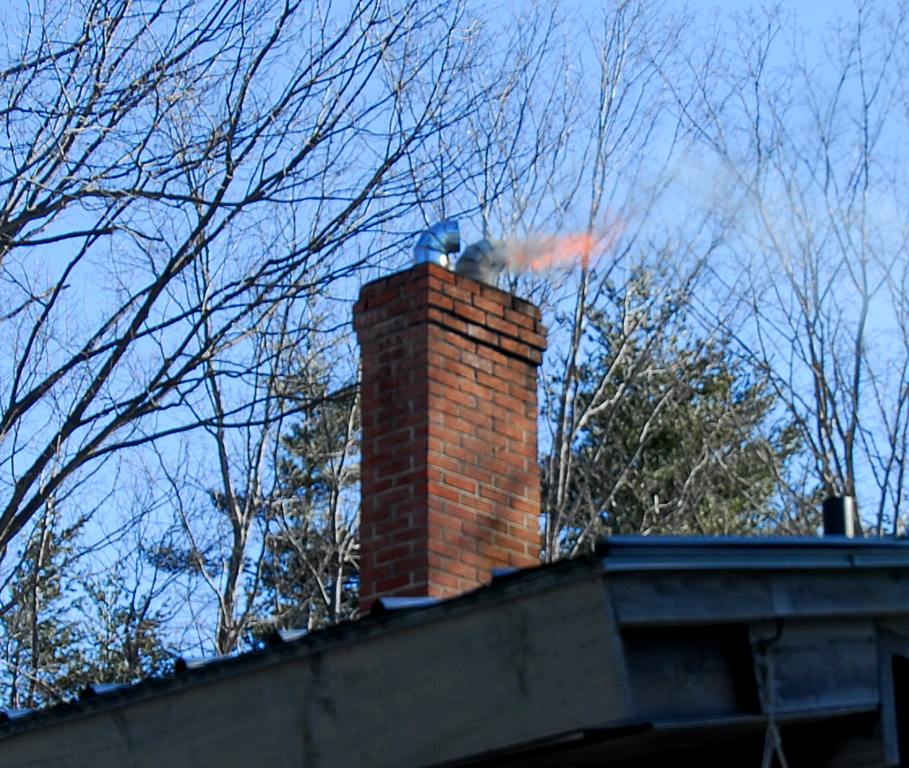Have you ever heard the old story that a good way to clean creosote from a chimney is to have a good chimney fire? Well, don’t you believe it! Chimney fires can be your worst enemy. As the popularity of heating with wood continues to grow, so does the rate of house fires. In fact, wood stoves (and fireplace inserts) are one of the leading causes of house fires nationwide. These fires fall into two categories: those resulting from improper installation, and those resulting from chimney abuse.
The fires resulting from improper installation could be avoided if home owners would just get the required building permit and have the installation inspected. Remember, every solid fuel appliance installation requires a permit, whether inside the city limits or outside. It is the responsibility of the home owner to make sure there is a permit issued. If the installer fails to obtain one, the home owner should see to it.
After the appliance is correctly installed and properly inspected, chimney abuse becomes the danger. Chimney abuse is strictly a user problem. Even the safest installation will cause a fire if the chimney is not properly maintained.
Chimneys fall into two categories; site-built (masonry) and factory-built (metal). Properly made, installed, and maintained, either type will provide many years of safe service. If not properly maintained, either kind becomes a time bomb, waiting for the moment when it will create a disaster.
What is the proper maintenance of a chimney? It begins with carefully selecting the kind of wood you will burn. The harder the wood, the smaller the creosote release into the chimney will be. Then curing that wood becomes important. Wood that is allowed to cure for three to six months after cutting and splitting will yield more heat and less creosote.

Maintaining proper flue temperatures is also a part of good chimney maintenance. Creosote condenses onto cold chimneys while properly heated chimneys will trap much less. So burn an open fire until good flue temperatures are achieved, then make sure the fire burns hot enough to maintain those temperatures.
Any chimney should be thoroughly cleaned at least once a year. Chimneys that get a lot of use will require more frequent cleaning. Remember, soot and creosote buildup in the chimney is what flue fires are made of. Keep it clean, and you have protected yourself from this danger.
As part of this chimney-cleaning process and following any chimney fire, the flue should be carefully inspected inside and out. Specialized equipment is now available which permits detailed internal inspection of the entire flue. This inspection can reveal damage that is not visible from the outside. The yellow pages list a number of companies (under “Chimney Cleaning”) that are equipped to provide this inspection.
Never use a damaged flue. If damage is present, your safety is at risk. Have the problem corrected before using the wood stove again! Remember, your life may depend on it!

